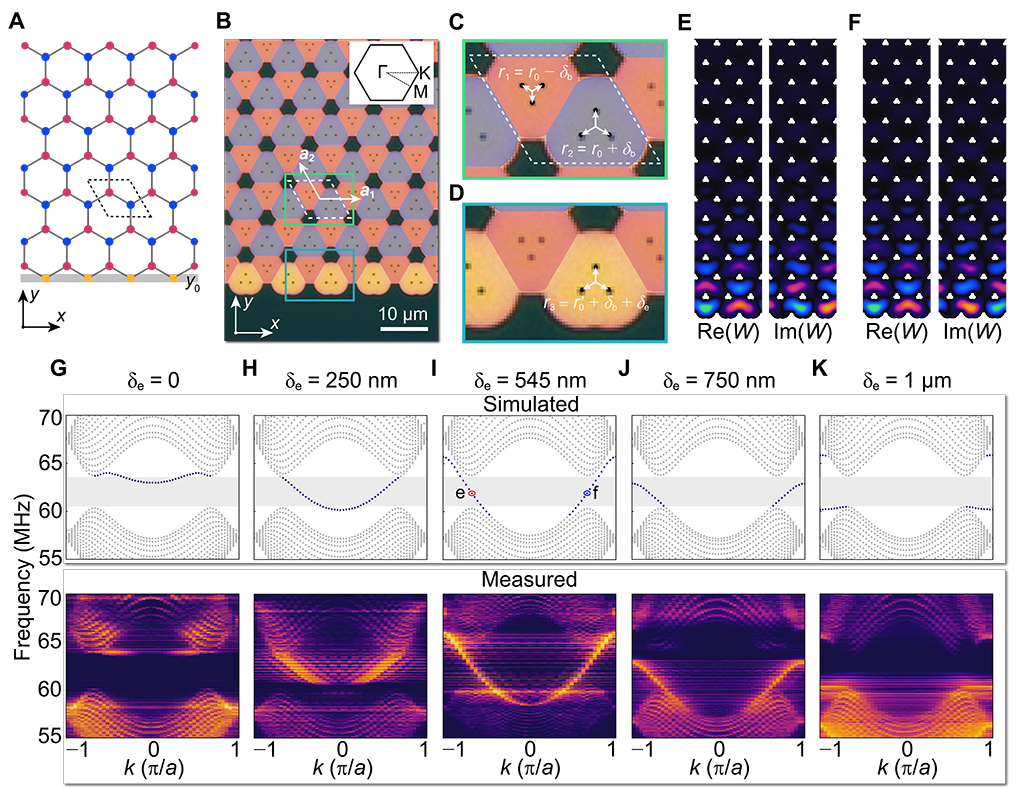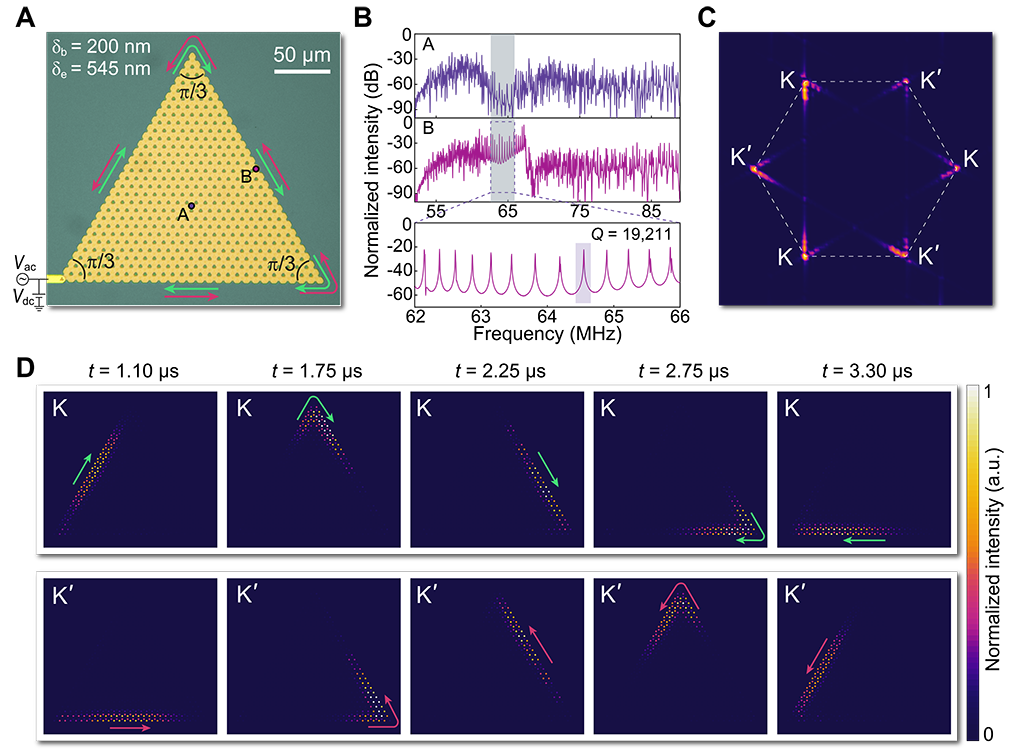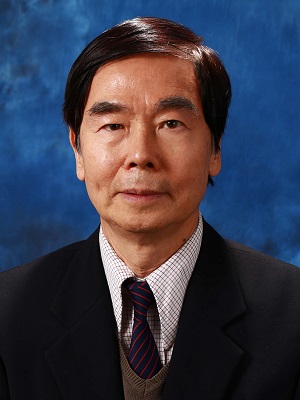Homepage
Home
Prof. Tsang has been awarded an ITF - Midstream Research Programme Funding of HK$4,998,739.5.
Congratulations!
Project Title: Integrated Spectrometer for Dynamic Optical Coherence Tomography
Principal Investigator: Prof. TSANG, Hon Ki
Co-Investigator: Prof. PUN, Kong Pang
Project Summary: This project will develop a fully integrated high speed solid-state infrared spectrometer for use in the emerging technique of dynamic optical coherence tomography (D-OCT). D-OCT is a non-invasive label-free imaging using changes between successive scans to image the 3D motion of blood cells in the microvasculature network. The project will also develop a new type of monolithically integrated solid-state spectrometer based on a silicon photonic integrated circuit, and the high speed multichannel data acquisition microelectronic circuits (Analog to Digital converters and transimpedance amplifiers) to enable the construction of a DOCT system that can provide high speed 3D image acquisition for use in dynamic optical coherence tomography.
CUHK Programme Taster Fair
The Department of Electronic Engineering will organize online live event during the CUHK Programme Taster Fair 2021 to help JUPAS applicants and F.4 & F.5 students have a better understanding of our undergraduate programme (JUPAS code: JS4434). Details are as follows:
| Online Live Talk of Department of Electronic Engineering (10 April 2021) | |
| Topic: | Computer Vision AI - Face Recognition, Self-driving Car Perception and Beyond |
| Speaker: | Prof. LI Hongsheng |
| Time: | 10:00-10:45 am |
| Registration by 8 April 2021: | https://bit.ly/3eAVmGJ |
| CUHK Programme Taster Fair: | http://www.cuhk.edu.hk/adm/jupas/taster-fair/ |
For enquiries, please contact Ms Jasmine Yip (Email住址會使用灌水程式保護機制。你需要啟動Javascript才能觀看它)

Professor Wing-kin Ma (Ken) named Editor-in-Chief of IEEE Transactions on Signal Processing
Professor Wing-kin Ma (Ken) named Editor-in-Chief of IEEE Transactions on Signal Processing (TSP), the first in the area affiliated outside North America and Europe.
The IEEE Transactions on Signal Processing is a leading journal covers novel theory, algorithms, performance analyses and applications of techniques for the processing, understanding, learning, retrieval, mining, and extraction of information from signals.
More details from here: https://signalprocessingsociety.org/newsletter/2020/07/new-society-editors-chief-named-2021
Congratulations!
CUHK researchers observe chiral edge states in gapped nanomechanical graphene, publish in Science Advances
Researchers in Department of Electronic Engineering, The Chinese University of Hong Kong (CUHK) observed for the first time chiral edge states in a very-high-frequency integrated nanomechanical system. It is well known that back reflection of signals is a grand challenge in phononic or photonic networks. In their paper titled “Observation of chiral edge states in gapped nanomechanical graphene” published in Science Advances on 6 Jan 2021, they explained how they made use of the concept of graphene and quantum valley-Hall effect in condensed-matter physics to experimentally realize chiral edge states in an integrated nanomechanical systems for preventing backscattering of signals.
Chiral edge states at the boundaries of two-dimensional materials have attracted great interests in physics, because they exhibit backscattering-immune conduction of electrons. This strategy can be extended to integrated phononic or photonic systems to solve the signal-reflection problem, but it is experimentally challenging because of stringent requirement of accurate tuning of the potential on a graphene boundary. Researchers from Prof. Xiankai Sun’s group in Department of Electronic Engineering, CUHK have overcome the challenges and experimentally realized the quantum-valley-Hall chiral edge states by constructing gapped “nanomechanical graphene,” whose boundary potential can be controlled precisely. The researchers also demonstrated that these states are topologically immune against sharp bends and exhibit valley-momentum locking effect, which can be used for constructing various topologically robust components and devices in integrated nanomechanical circuits.
Figure 1A shows the honeycomb lattice of the nanomechanical graphene with a zigzag edge at the bottom boundary. Figures 1B–1D show optical microscope images of the fabricated 2D nanomechanical graphene. Figures 1E and 1F show the simulated real and imaginary parts of the complex elastic displacement field of the graphene edge states at the points e and f in Fig. 1I. Figures 1G–1K show simulated (top panel) and measured (bottom panel) energy band diagrams of the structure in Fig. 1B. The edge states in Fig. 1I correspond to the back-scattering-immune chiral edge states.
Figure 2A shows an optical microscope image of the fabricated gapped nanomechanical graphene with a closed-loop triangle-shaped boundary, which supports the chiral edge states in Fig. 1I. Figure 2B shows the experimental intensity spectra of elastic waves measured at positions away from (point A) and near (point B) the zigzag edge in Fig. 2A. Figure 2C shows the measured intensity distribution of the elastic waves in the momentum space. Figure 2D presents the measured spatiotemporal profiles of the propagating elastic waves in both the K and K' valleys, showing negligible back reflection when passing through the sharp bends.
Relevant information
- Xiang Xi, Jingwen Ma, Shuai Wan, Chun-Hua Dong, and Xiankai Sun, “Observation of chiral edge states in gapped nanomechanical graphene,” Science Advances 7 (2): eabe1398, Jan. 2021. https://doi.org/10.1126/sciadv.abe1398
- Science Advances (https://advances.sciencemag.org/) is the American Association for the Advancement of Science’s (AAAS) open access multidisciplinary journal, publishing impactful research papers and reviews in any area of science, in both disciplinary-specific and broad, interdisciplinary areas.
- Prof. Xiankai Sun’s Photonic and Optomechanical Nanodevice Laboratory. http://www.ee.cuhk.edu.hk/~xksun/

Fig. 1. Nanomechanical graphene edge states controlled by the boundary potential.

Fig. 2. Experimental demonstration of the nanomechanical chiral edge states propagating through sharp bends.
Prof. WONG, Ching Ping has been named again by Clarivate Analytics in the list of "Highly Cited Researchers 2019". Congratulations!

More details could be found at https://www.cpr.cuhk.edu.hk/en/press_detail.php?id=3179
For the full list of "Highly Cited Researchers 2019", please refer to: https://recognition.webofsciencegroup.com/awards/highly-cited/2019/



